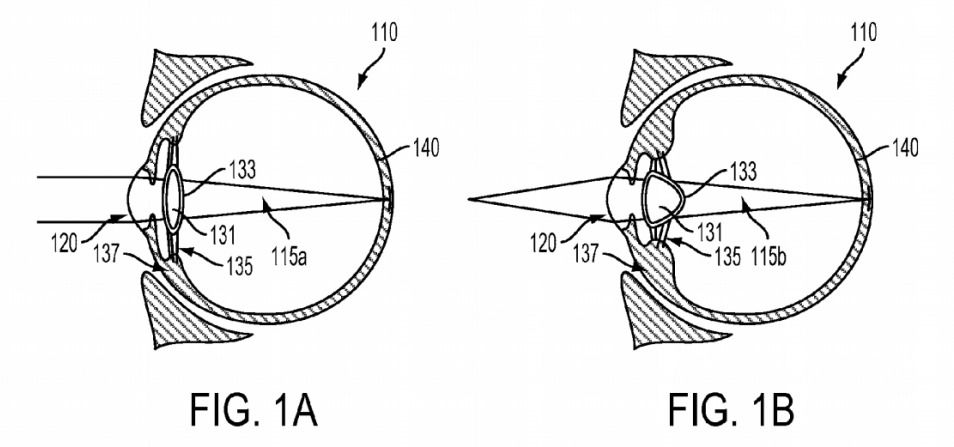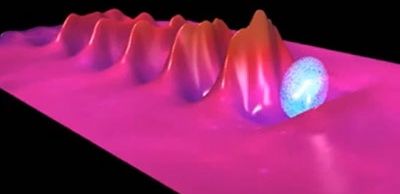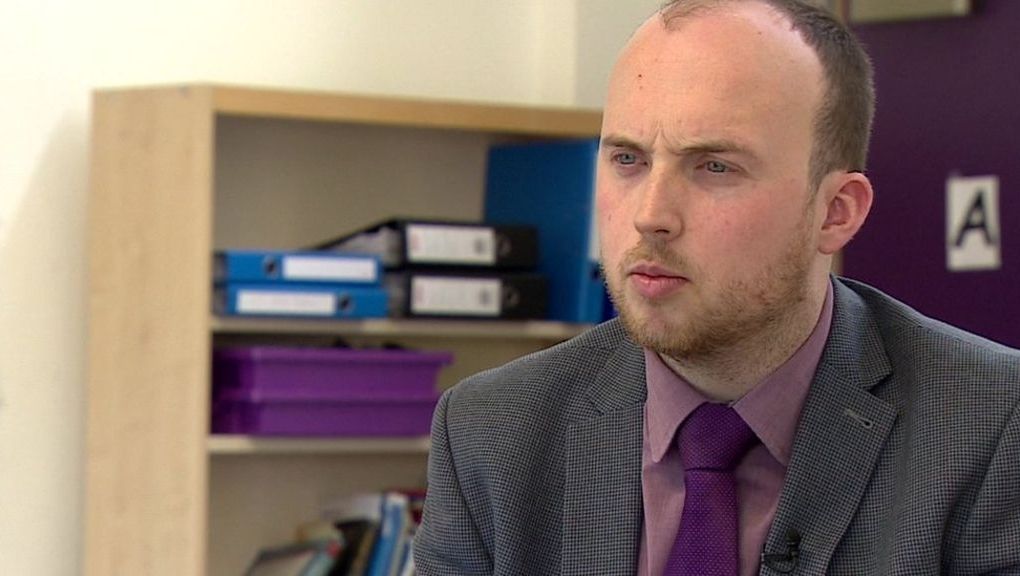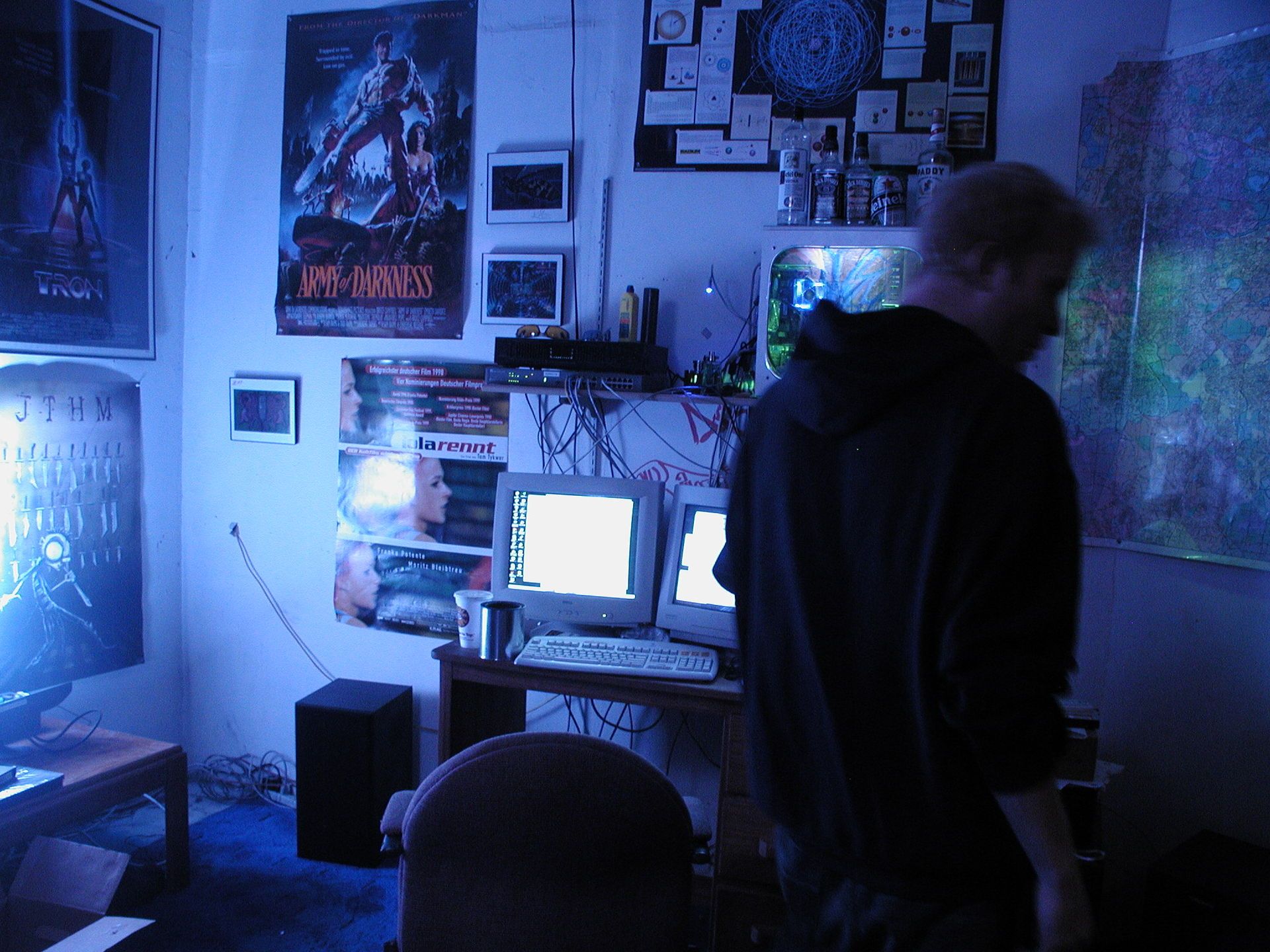Page 11552
Apr 29, 2016
This Bendable Smartphone Has A Screen Made of Graphene
Posted by Klaus Baldauf in categories: materials, mobile phones

A video of a fully bendable smartphone with a graphene touch display debuts at a Chinese trade show.
A Chinese company just showed off a fully bendable smartphone with a graphene screen during a trade show at Nanping International Conventional Center in Chongqing. Videos of the incredibly flexible phone are making the rounds, and no wonder, as it looks rather impressive.
Continue reading “This Bendable Smartphone Has A Screen Made of Graphene” »
Apr 29, 2016
Consortium sets out to build European laser plasma accelerator
Posted by Andreas Matt in categories: innovation, physics
The result is a compact accelerator that is not much larger than the laser used to create the plasma. That means that a laser plasma accelerator can be housed in a small building, rather than stretching over hundreds of metres or even several kilometres.
High-quality beam
While laser plasma accelerators exist at several laboratories around the world, EuPRAXIA steering-committee member Carsten Welsch says that “no infrastructure exists where the quality of the accelerated beam satisfies the requirements of industry”. Welsch, who is at the UK’s Cockcroft Institute of Accelerator Science and Technology, adds that “creating such a facility would be a major breakthrough and would attract users from many different sectors”.
Continue reading “Consortium sets out to build European laser plasma accelerator” »
Apr 28, 2016
Basic income: 500 crowned heads in Lörrach (alternative music)
Posted by Shailesh Prasad in categories: economics, media & arts

After the original Video has been blocked in Germany due to music copyright infringement, here is our new version of the video about the crowning-campaign on May 1st, 2009, in Lörrach concerning the topic “basic income”.
“If everyone were his own king, nobody would need to be ruled by someone else.” (Michael Sennhauser, Swiss Radio DRS)
Apr 28, 2016
Gene therapy reverses sight loss and is long-lasting
Posted by Shailesh Prasad in categories: biotech/medical, genetics
A genetic therapy has improved the vision of patients who would otherwise have gone blind.
A clinical study by British scientists has shown that the improvement is long-lasting and so the therapy is suitable to be offered as a treatment.
The researchers will apply for approval to begin trials to treat more common forms of blindness next year.
Apr 28, 2016
China Quest for Clean Tech
Posted by Karen Hurst in categories: economics, energy, sustainability
Nice
Mark L. Clifford on China, renewable energy, and economic growth.
By young china watchers for the diplomat.
Apr 28, 2016
China’s Jia Yueting intends to outmuscle Musk — Taking on Tesla
Posted by Karen Hurst in categories: electronics, mobile phones, sustainability, transportation
LeEco is known as the “Netflix of China” due to its very popular video streaming service, but the conglomerate also has interests in a much wider range of sectors including smartphones, TVs and electric vehicles.
Ding Lei, LeEco’s auto chief and a former top official at General Motors’ China venture with SAIC Motor, says part of LeEco’s advantage in tomorrow’s auto industry is that it carries no baggage from today’s.
This, the man said, is the future of cars, and the Chinese consumer electronics company LeEco is going to make that future a reality.
Continue reading “China's Jia Yueting intends to outmuscle Musk — Taking on Tesla” »
Apr 28, 2016
Robot monk helps spread Buddhism in China
Posted by Karen Hurst in categories: entertainment, robotics/AI

Luv this.
He too wears a golden robe and sings chants.
Continue reading “Robot monk helps spread Buddhism in China” »
Apr 28, 2016
Automation raises Indian IT industry’s productivity; firms like Infosys, TCS likely to see lower hiring
Posted by Karen Hurst in categories: employment, engineering, robotics/AI
Hmmm;
The latest figures are a clear sign that India’s largest outsourcing firms are succeeding at ‘non-linear’ growth, where revenues increase disproportionately compared with hiring.
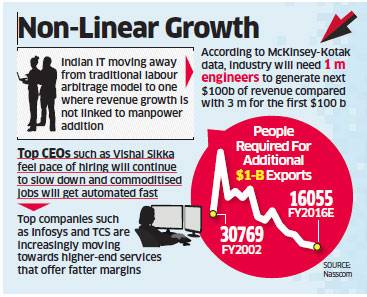
Apr 28, 2016
An eBay for Extortion on the Dark Web
Posted by Karen Hurst in category: cybercrime/malcode
A dark web eBay. Wonder if there is an aliexpress on the Dark Web? What’s their PayPal version?
A middleman for all the digital criminal’s needs.
